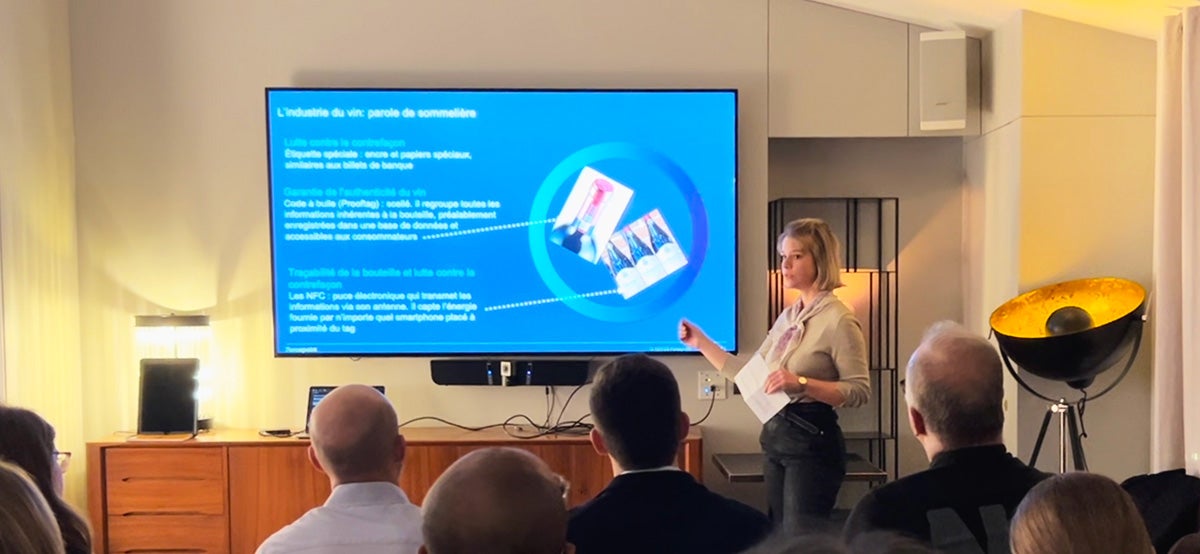A Tale of Wine and Data (Security)
0 Minuten Lesezeit

Team EMEA
A wide-rimmed crystal glass sparkles as it catches the first rich swirl from a newly uncorked bottle. The tint is deep, the aroma distinctive. The taster ranks the drink. Reviews are shared across the web, in wine guides and at industry events and hundreds of consumers are influenced by the information they get. But as with every successful activity fueled by human creativity and hard work, fraud and brand manipulation plague wine suppliers and buyers alike. A discerning diner may very well be cheated out of a rare Burgundy, in a scenario where a prestigious bottle is presented and an inferior wine poured from it instead of the product designated by the label.
At a recent gathering in Paris with Forcepoint product experts in attendance, we broached the subject of risk mitigation in the highly-lucrative wine trade, throwing light on some of the critical aspects of product security such as classifying and setting up infallible tracking mechanisms in order to stem counterfeiting. As with every other industry the battle against data manipulation is ongoing. Wine professional Manon Viennot of Cockadoodledoo decrypted for us some of the measures in place today:
- 1/ Sophisticated labels on bottles using techniques such as holograms or special inks enable coded information to be disseminated
- 2/ Bubble-coded seals (Prooftag technology) carry information about the authenticity of the product. They function as security markers, possessing a unique, non-reproducible formulation. The information about the product can then be verified on its website
- 3/ NFC sensors are used to detect and trace each bottle containing a unique identifier

The Paris event agenda included a digital magician who connected with our guests throughout the evening, delighting everyone with close-up tricks and data reveals! Data does have magical connotations in our digital universe—but unlike what happens with illusionist entertainment, disappearance and usurpation are not a joke and can be irreversible and damaging. And risk is pervasive, with information being spread across multiple data centers, clouds, and devices, making it difficult to know where data is and how it’s being used. In a recent Forcepoint blog series focused on the NIS 2 directive, we referred to the IDC estimate: 80% of global data is unstructured, with 90% unanalyzed.
Forcepoint solutions apply self-learning AI and ML to automate finding, categorizing, and classifying data across all devices and networks. As compliance becomes a global requirement and data scandals hit every industry, data monitoring is key.
Go to the product page on Forcepoint.com to learn more about Forcepoint Data Visibility and the complementary solutions designed by Forcepoint to simplify security for the modern organization.

Team EMEA
Mehr Artikel lesen von Team EMEATeam EMEA posts are based on discussions with customers and additional research by our content teams in the EMEA region.
- The Forrester Wave™: Data Security Platforms, Q1 2023
In dem Artikel
 The Forrester Wave™: Data Security Platforms, Q1 2023Read the Report
The Forrester Wave™: Data Security Platforms, Q1 2023Read the Report
X-Labs
Get insight, analysis & news straight to your inbox

Auf den Punkt
Cybersicherheit
Ein Podcast, der die neuesten Trends und Themen in der Welt der Cybersicherheit behandelt
Jetzt anhören